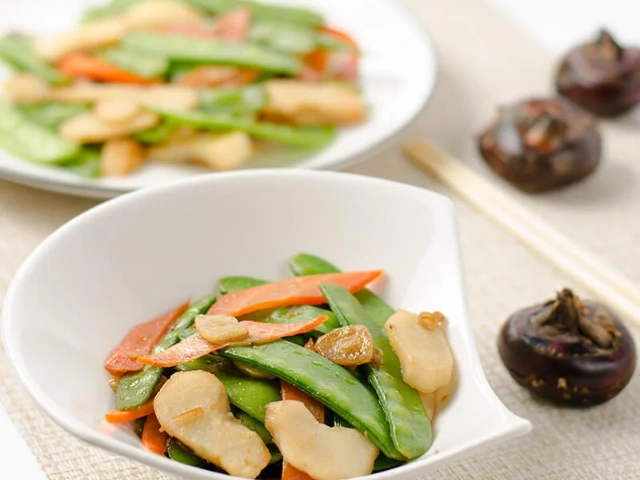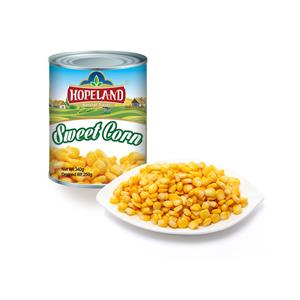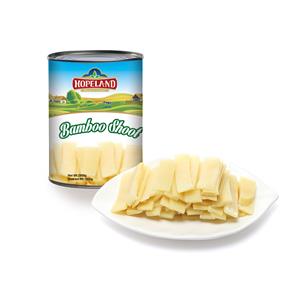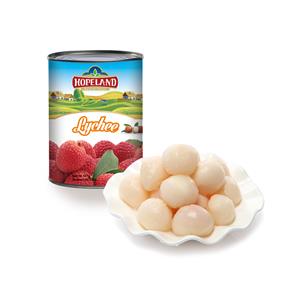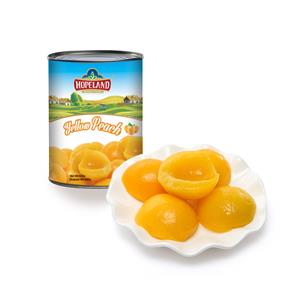What Are the Best Ways to Cook Water Chestnuts?
Water chestnuts are one of those ingredients that quietly elevate a dish from ordinary to unforgettable. Crisp, juicy, and slightly sweet, they have long been a staple in Asian cuisine—especially in stir-fries, dumplings, and soups. Yet, beyond their traditional use, water chestnuts are incredibly versatile and can fit seamlessly into modern kitchens around the world. Whether you enjoy them fresh, canned, or roasted, their unique texture makes them a delightful addition to countless recipes.
In this article, we’ll explore the best ways to cook water chestnuts, covering methods that highlight their crispness, flavor, and nutritional value. From stir-frying to roasting, from steaming to baking, we’ll also offer ideas for pairing and seasoning—so you can make the most of this remarkable aquatic vegetable.
1. Understanding Water Chestnuts: A Quick Introduction
Before we dive into cooking methods, it’s helpful to understand what water chestnuts actually are. Despite their name, they’re not nuts at all but rather the corms of an aquatic plant (Eleocharis dulcis). They grow in marshes and paddy fields, primarily in Southeast Asia, India, and parts of Africa and Australia.
Fresh water chestnuts have a brown papery skin that hides a crisp white interior. They’re pleasantly sweet and juicy, with a satisfying crunch that doesn’t disappear even after cooking. Canned water chestnuts, which are more commonly available, have a milder flavor and slightly softer texture, but they’re still excellent for most recipes.
Nutritionally, water chestnuts are low in calories and fat while offering fiber, vitamin B6, potassium, and antioxidants. They add body and freshness to a dish without overwhelming it—making them a perfect complement to both meat and vegetables.
2. Preparing Water Chestnuts for Cooking
If you have access to fresh water chestnuts, preparation is simple but important.
Peel carefully – Use a small paring knife to remove the outer brown skin.
Rinse thoroughly – After peeling, rinse under cold water to remove any dirt or residue.
Slice or chop – Depending on your recipe, you can slice them thinly, chop into cubes, or leave them whole.
For canned water chestnuts, preparation is even easier:
Simply drain and rinse under running water to remove the brine.
Pat them dry before cooking to ensure they keep their crispness.
Now, let’s explore the best cooking techniques that bring out their natural flavor and texture.
3. Stir-Frying: The Classic Way to Enjoy Water Chestnuts
One of the most popular and beloved ways to cook water chestnuts is stir-frying. This quick, high-heat method preserves their crunch while allowing them to absorb the flavors of sauces and seasonings.
How to do it:
Heat oil in a wok or large skillet over medium-high heat.
Add aromatics like garlic, ginger, or scallions.
Toss in your main ingredients—chicken, shrimp, tofu, or mixed vegetables.
Add sliced or chopped water chestnuts in the last few minutes of cooking.
Finish with soy sauce, oyster sauce, or a dash of sesame oil.
Why it works:
Water chestnuts maintain their firm texture even when cooked at high temperatures, adding a refreshing contrast to soft vegetables or meats. They also absorb the umami of sauces beautifully, balancing out richer flavors with their subtle sweetness.
Example dish:
Try a Chicken and Water Chestnut Stir-Fry—combine chicken breast, bell peppers, snow peas, and sliced water chestnuts with a light soy-based sauce for a nutritious and satisfying meal.
4. Steaming for Tender Perfection
Steaming is another gentle way to cook water chestnuts, preserving their nutrients and clean flavor. It’s a preferred method in dim sum dishes or dumpling fillings.
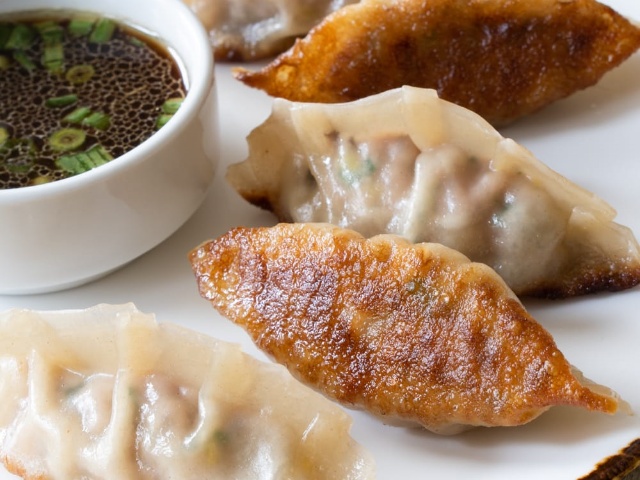
How to do it:
Prepare peeled and sliced water chestnuts.
Place them in a heatproof bowl or wrap them with other ingredients such as minced pork, shrimp, or mushrooms.
Steam over boiling water for 10–15 minutes, depending on the dish.
Why it works:
Steaming keeps the moisture locked in while softening the outer layers just slightly. The chestnuts become juicy and tender without losing their crispness.
Example dish:
A Steamed Pork and Water Chestnut Dumpling combines ground pork with chopped water chestnuts, soy sauce, and a bit of sesame oil for a flavorful filling that’s both tender and crunchy.
5. Roasting: A Modern Twist with Deep Flavor
Roasting may not be a traditional cooking method for water chestnuts, but it’s a great way to bring out a toasty aroma and intensify their natural sweetness.
How to do it:
Preheat your oven to 200°C (400°F).
Toss peeled or canned water chestnuts with a drizzle of olive oil, salt, and pepper.
Spread them evenly on a baking tray.
Roast for about 15–20 minutes, shaking the pan halfway through for even browning.
Why it works:
Roasting gives water chestnuts a caramelized exterior while keeping the inside crisp. It’s perfect for salads, grain bowls, or as a crunchy snack on its own.
Flavor ideas:
Sprinkle with paprika and garlic powder for a savory kick.
Drizzle with honey and sesame seeds for a sweet-and-savory treat.
6. Pan-Searing for a Golden Crunch
If you love texture, pan-searing is your go-to method. This quick technique adds a delicious golden crust while locking in the natural moisture of the water chestnuts.
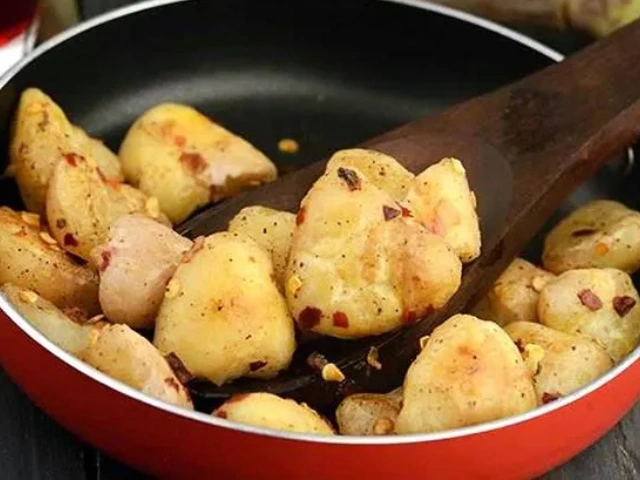
How to do it:
Heat a non-stick skillet over medium-high heat.
Add a bit of oil (butter also works for a richer flavor).
Place sliced water chestnuts in a single layer.
Cook for 2–3 minutes on each side until lightly browned.
Why it works:
The contrast between the crispy surface and the juicy interior makes pan-seared water chestnuts a great topping for noodles, salads, or rice bowls.
Example dish:
Try Pan-Seared Water Chestnuts with Garlic and Chili Oil—a simple yet aromatic side dish that pairs perfectly with steamed rice or grilled fish.
7. Boiling: Best for Soups and Stews
Water chestnuts are also excellent in soups, where they contribute a gentle crunch and mild sweetness even after simmering.
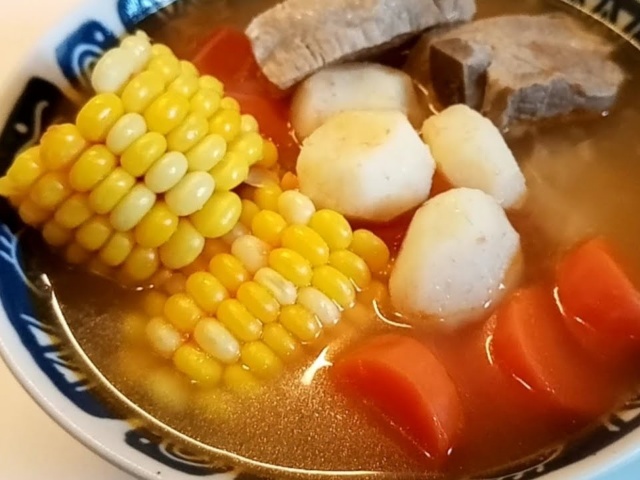
How to do it:
Add sliced or whole water chestnuts to soups near the end of cooking (around 10 minutes before serving).
Avoid overcooking, as prolonged boiling can make them too soft.
Why it works:
Their crunchy texture holds up well, adding variety to otherwise smooth or tender ingredients like tofu, mushrooms, or noodles.
Example dish:
Try a Chinese Water Chestnut and Corn Soup, which combines sweet corn, chicken broth, and diced water chestnuts for a nourishing and textured bowl.
8. Baking: Incorporating Water Chestnuts into Fusion Dishes
Believe it or not, water chestnuts can even find their way into baked dishes. They add an unexpected crunch to casseroles, savory pies, and even appetizers like stuffed mushrooms.
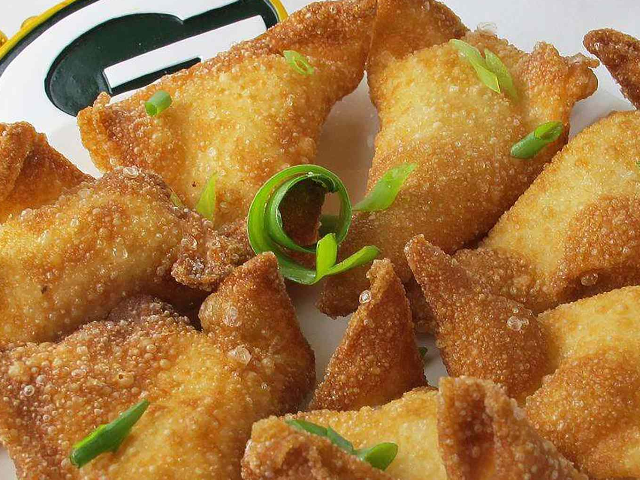
How to do it:
Mix chopped water chestnuts into your filling mixture—such as a spinach and cheese casserole or baked crab dip.
Bake as usual, letting the chestnuts provide bursts of crispness throughout.
Why it works:
Baking mellows their sweetness while maintaining crunch, providing balance in creamy or cheesy dishes.
Example dish:
A Baked Crab and Water Chestnut Dip combines cream cheese, crab meat, mayonnaise, and chopped chestnuts—served warm with crackers or toasted bread.
9. Braising: For Deep Flavor Absorption
Braising allows water chestnuts to soak up the essence of savory broths or sauces. It’s especially popular in Chinese home cooking, often paired with mushrooms or braised meats.
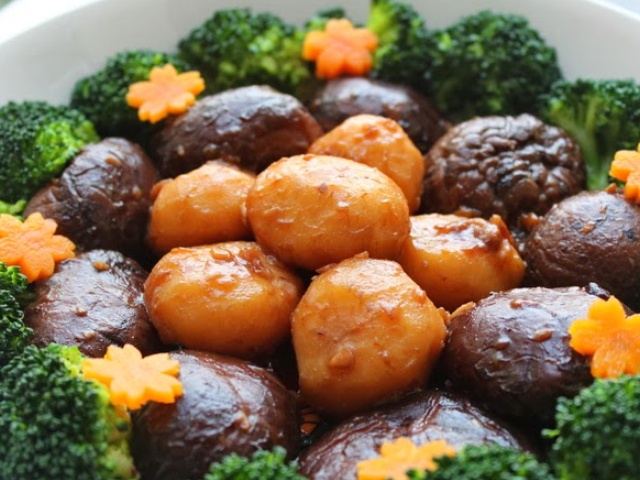
How to do it:
In a pot, sauté aromatics like garlic and ginger.
Add soy sauce, oyster sauce, sugar, and water or stock.
Add sliced water chestnuts and other vegetables or meat.
Simmer gently for 15–20 minutes until flavors meld.
Why it works:
While braising softens them slightly, the chestnuts remain satisfyingly firm, offering contrast to tender meats or tofu.
Example dish:
Try Braised Mushrooms with Water Chestnuts and Bok Choy, a comforting side that combines earthy, sweet, and savory flavors beautifully.
10. Using Water Chestnuts in Snacks and Appetizers
Their crisp texture also makes water chestnuts a popular choice for bite-sized snacks.
Popular idea: Bacon-Wrapped Water Chestnuts
Wrap each water chestnut with a half strip of bacon.
Secure with a toothpick and bake at 200°C (400°F) for 20–25 minutes until crispy.
Brush with a mixture of soy sauce and honey for a sweet-salty glaze.
These little appetizers are crunchy, smoky, and addictive—perfect for parties or holiday gatherings.
Other creative snack ideas:
Add them to spring rolls or lettuce wraps for extra crunch.
Mix diced chestnuts into chicken salad or tuna salad for a refreshing bite.
11. Tips for Keeping Water Chestnuts Crunchy
No matter which cooking method you choose, maintaining that signature crunch is key. Here are some practical tips:
Avoid overcooking. Short cooking times preserve texture.
Add them last. When stir-frying or simmering, toss them in during the final few minutes.
Rinse canned ones well. This removes excess brine that can dull their flavor.
Keep them cold until cooking. If prepping ahead, store sliced water chestnuts in water in the fridge to keep them fresh.
12. Flavor Pairings and Seasoning Ideas
Water chestnuts have a neutral flavor, which makes them excellent partners for bold seasonings. Try these combinations:
Asian-style: Soy sauce, sesame oil, ginger, garlic, scallions, chili.
Western-style: Olive oil, lemon zest, rosemary, paprika, black pepper.
Fusion: Sweet chili sauce, honey-soy glaze, or garlic butter.
They also pair beautifully with ingredients like:
Chicken, shrimp, tofu, and pork
Mushrooms, bamboo shoots, and snow peas
Cashews, peanuts, and bell peppers
13. Beyond Cooking: Creative Uses for Water Chestnuts
Water chestnuts can go beyond savory dishes. Their delicate sweetness works surprisingly well in desserts and beverages.
Try these ideas:
Add finely chopped water chestnuts to fruit salads for an extra crunch.
Blend them into smoothies for a refreshing texture.
Mix them with coconut milk, tapioca pearls, and sugar for a cooling Asian-style dessert.
14. Final Thoughts: A Culinary Gem Worth Exploring
Whether you prefer quick stir-fries or slow braises, steaming or roasting, water chestnuts prove that texture is just as important as flavor in cooking. Their crisp, refreshing bite adds character to any dish, and their adaptability across cuisines makes them a hidden treasure in the culinary world.
So next time you open a can—or better yet, peel a fresh one—think beyond the usual stir-fry. Roast them, stuff them, or toss them into soups and salads. No matter how you cook them, water chestnuts bring life and balance to the plate—reminding us that sometimes, the simplest ingredients hold the greatest potential.

